Hansel and Gretel (1954) Online
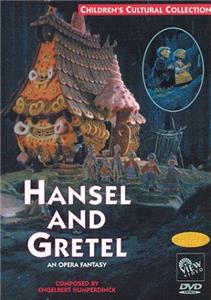
With brilliant imagination and technical wizardry, this 1954 feature film used stop-action animation, and hand-sculpted dolls and sets to create a fantasy land of unearthly beauty. Set to Engelbert Humperdinck's classic 1892 opera, sung by some of the most acclaimed performers of the 1950's, this recording was nominated for a Grammy Award. This may be the definative production of one of the greatest fairy tales ever told, and it is now on DVD.
| Cast overview: | |||
| Anna Russell | - | Rosina Rubylips - the Witch (voice) | |
| Mildred Dunnock | - | Mother (voice) | |
| Frank Rogier | - | Father (voice) | |
| Delbert Anderson | - | Sandman (voice) | |
| Helen Boatwright | - | Dew Fairy (voice) (as Helen Boatright) | |
| Apollo Boys' Choir | - | Angels / Children | |
| Constance Brigham | - | Hansel / Gretel (voice) |
Re-released in 1972 as part of MGM's Children's Matinees package.
The production studio was a former church on E. 2nd St. in Manhattan (near Houston St.). It was a two-story structure, ground floor had a fully equipped kitchen and rooms for offices, the second floor had a high ceiling and a balcony running around it. This per interview with Kermit Love, stop-motion animator, published in "Closeup" magazine #2, 1976.
This was the first American feature-length animated film not made by Disney since 1941's Herr Heuschreck geht in die Stadt (1941).
The likeness of comedic opera diva Anna Russell was used for The Witch.
Martin Munkacsi, the director of photography, was a well-known fashion still photographer.
The stop-motion puppets were called "kinemins" by producer Michael Myerberg, who claimed they were controlled electronically. In truth, however, the only thing electronic was the electromagnetic plate that served as the floor of the sets and which kept the stop-motion figures in place. Interviews with Kermit Love and Don Sahlin, published in "Closeup" magazine #2, 1976.
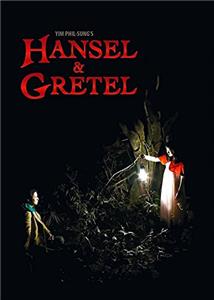
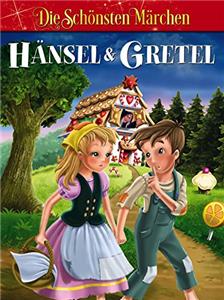


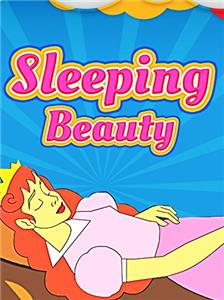
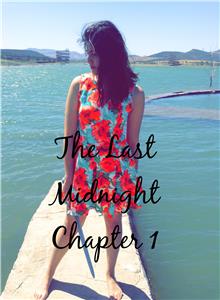

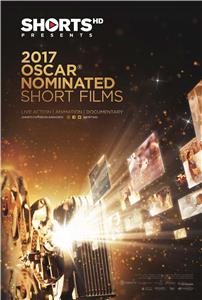

User reviews